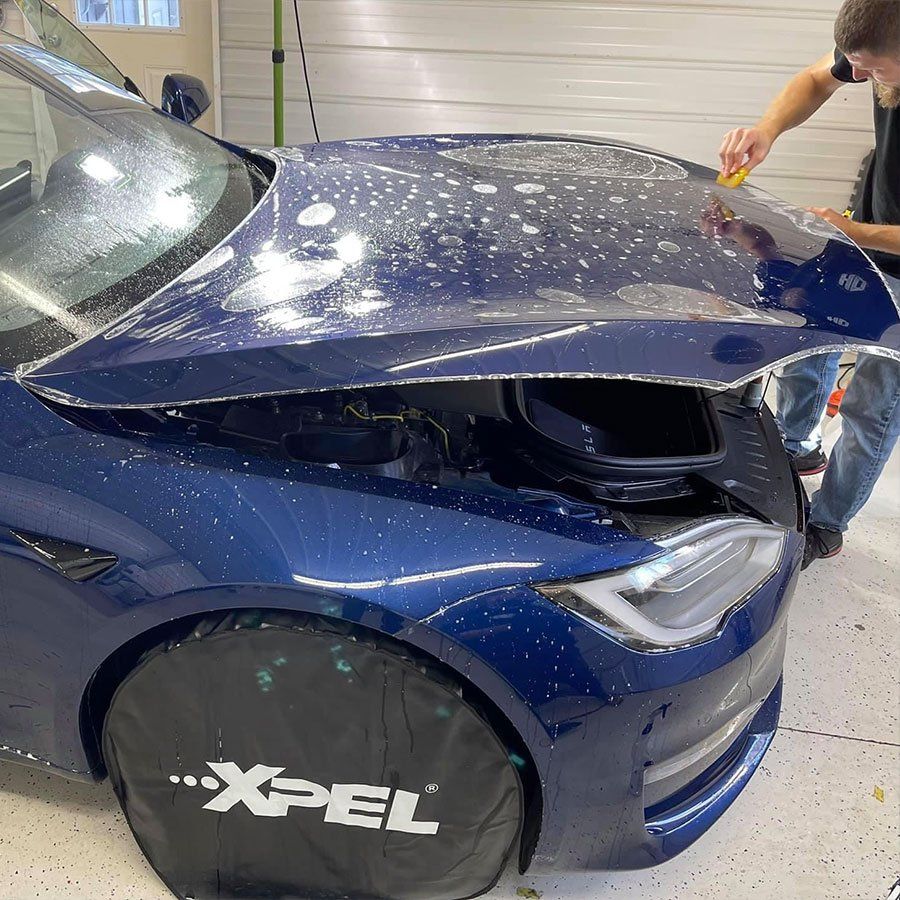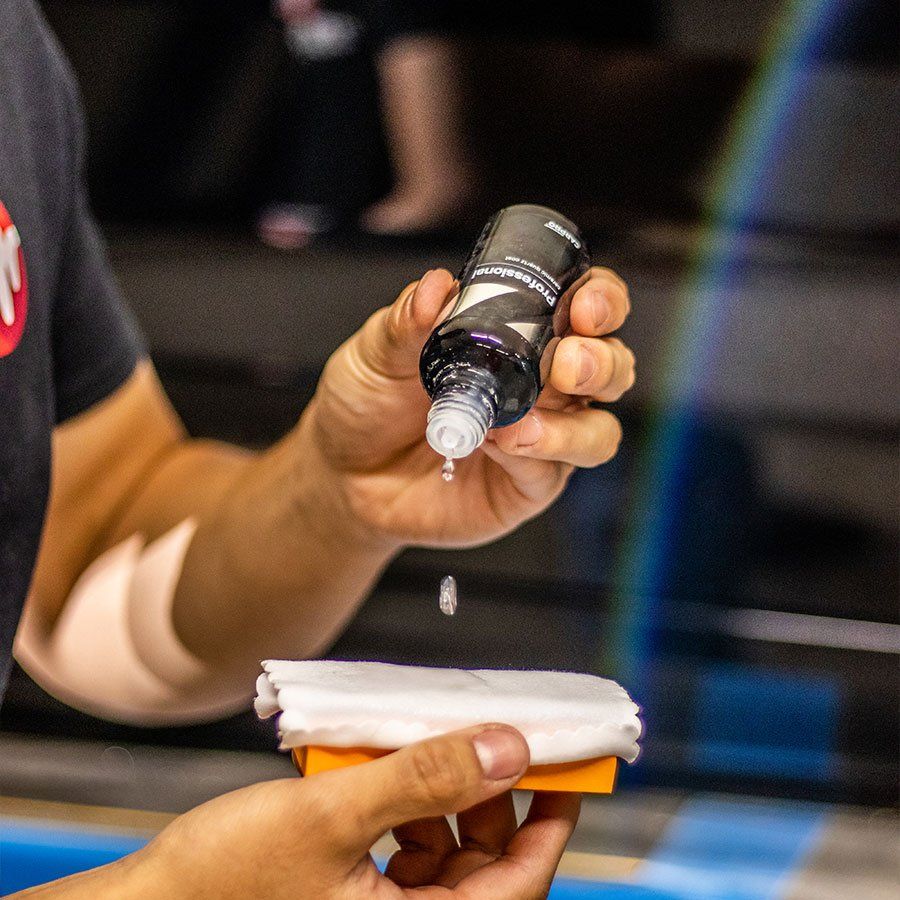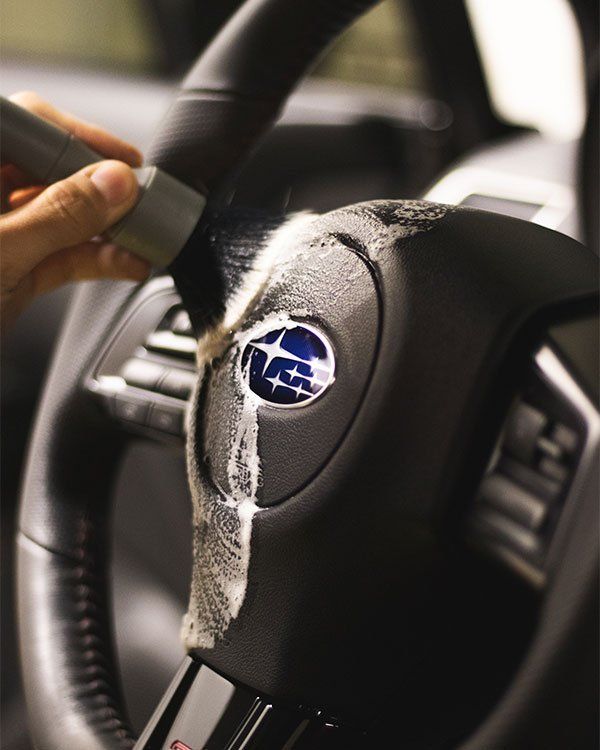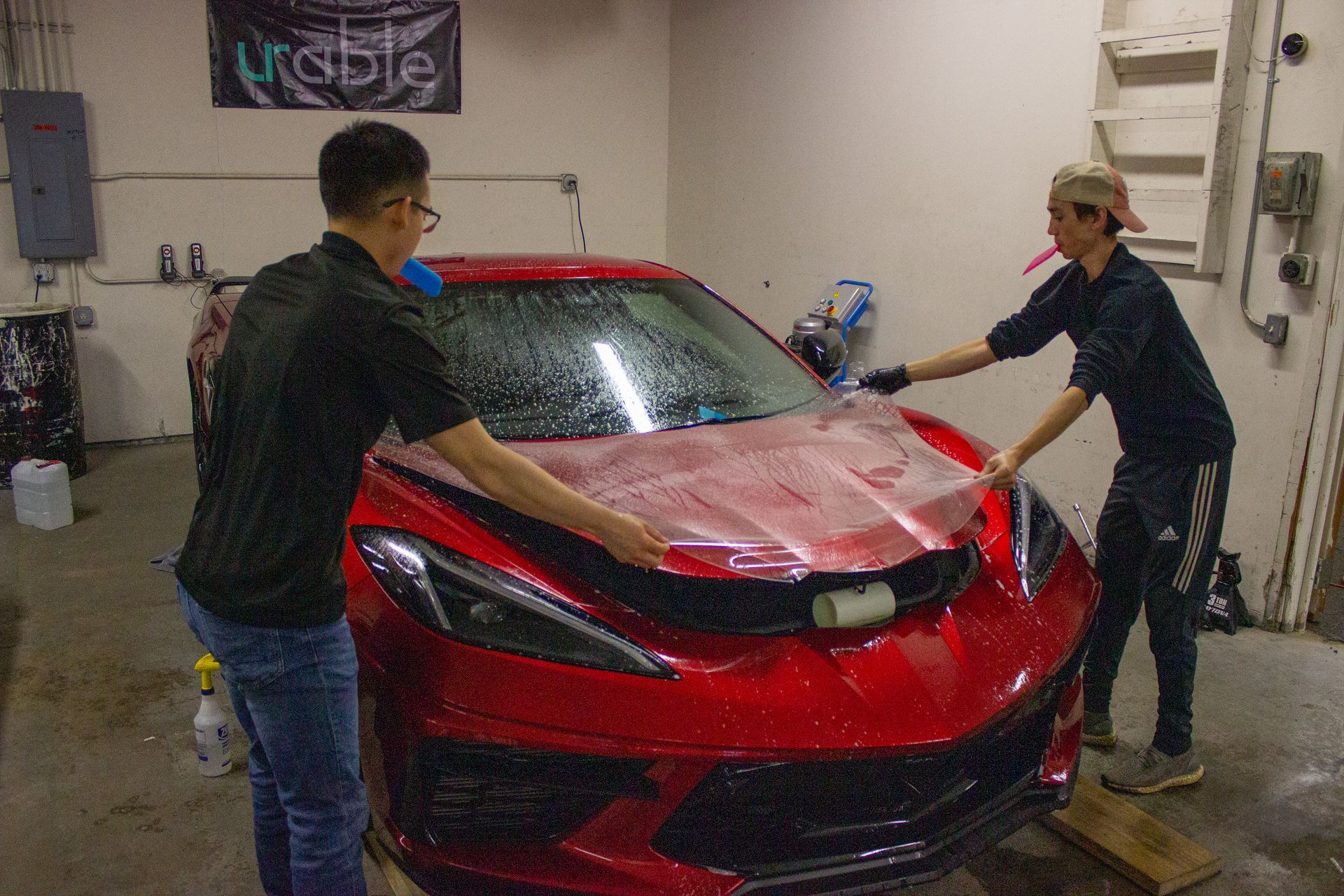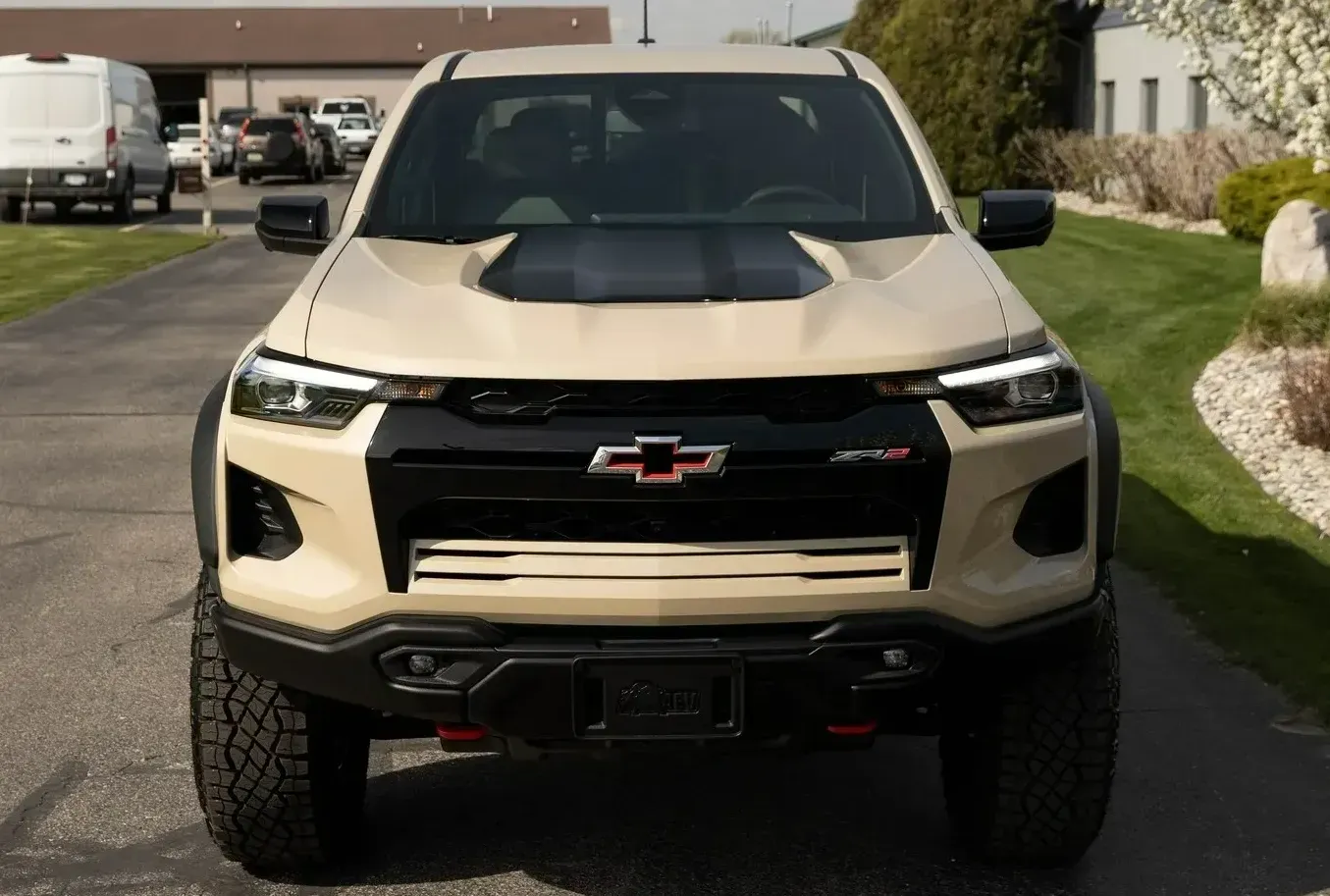The Detail Doc Blog
Is Car Window Tinting Legal? Understanding the Regulations And Laws
(989) 244-0505 GET SCHEDULED NOWEver been hit by a blinding glare while driving or worried about privacy and security threats from prying eyes? Consider car window tinting: an attractive solution that not only addresses these concerns but also adds a sleek aesthetic to your vehicle. However, the intersecting lines of law and aesthetics raise one crucial question—Is car window tinting legal?
This blog post pulls back the curtain on the regulations and laws surrounding car window tinting across various jurisdictions, ensuring you're in the clear before heading down this road. So stay with us as we peel back layers of misunderstanding to reveal what’s legal—or not—in the world of car window tinting.
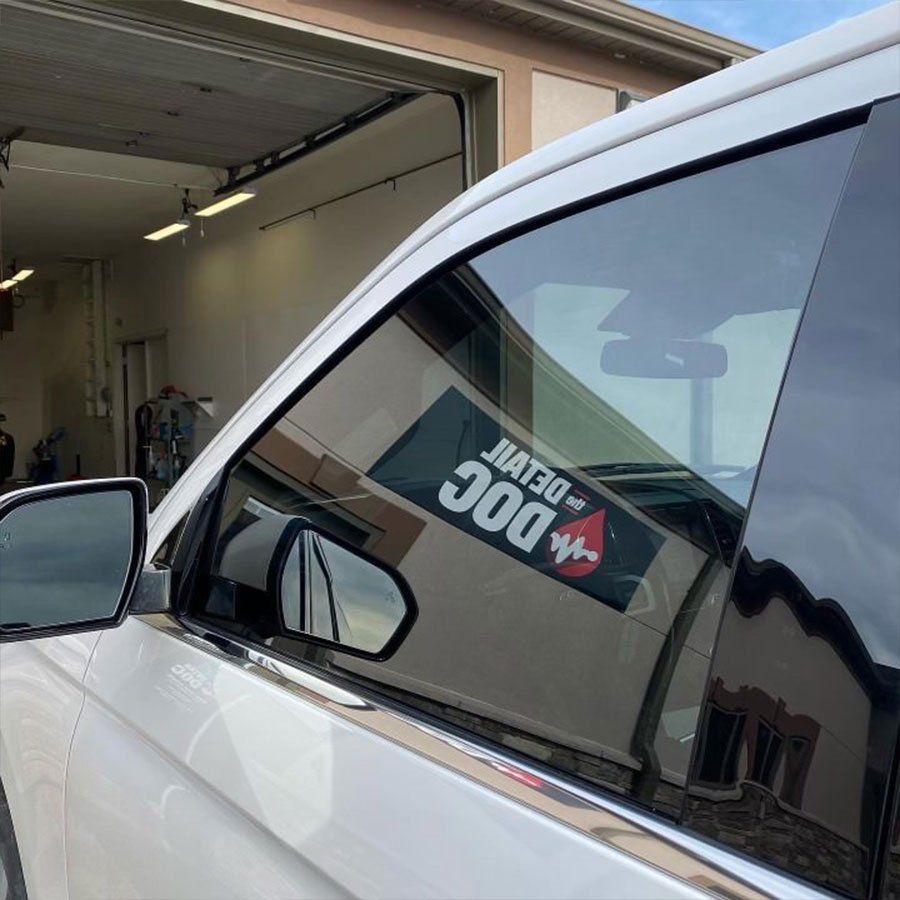
Understanding Car Window Tinting
Car window tinting is a popular automotive modification that involves adding a layer of film to the windows of a vehicle. This film is designed to reduce the amount of sunlight and heat that enters the car, providing various benefits to the driver and passengers. Tinted windows can enhance privacy, protect against harmful UV rays, reduce glare, and improve the overall aesthetics of a vehicle.
When considering window tinting for your vehicle, it's essential to understand the laws and regulations surrounding this practice in your specific location. Each state or country may have its own rules regarding the darkness or percentage of visible light transmission (VLT) allowed for window tinting. VLT refers to the amount of light that can pass through both the window and the tint film. Regulations typically focus on ensuring visibility for drivers and law enforcement personnel.
It's important to note that these regulations may vary depending on whether you are tinting your front side windows, rear side windows, or rear windshield. In some places, regulations may also differ for commercial vehicles or certain types of vehicles, like SUVs or trucks.
Let's take an example to illustrate this further: In California, front side windows must allow more than 70% of VLT, while rear side windows and rear windshields can have any darkness level. However, keep in mind that even if your state allows darker tints on certain windows, local law enforcement officers may still have their own discretion when enforcing these regulations.
Always check with your local Department of Motor Vehicles or relevant authorities to ensure you are compliant with the specific window tinting laws in your area.
Types of Window Tints
There are various types of window tints, each offering different levels of performance and benefits. Some common types include:
Dyed Window Tint: Dyed window tint films consist of a layer of dye sandwiched between an adhesive layer and a protective outer layer. They are known for their ability to reduce glare and provide privacy. Dyed films do not usually have any metal content, helping to prevent interference with electronic signals.
Metallized Window Tint: Metallized window tint films contain small metallic particles that reflect heat away from the vehicle's interior. These films can provide excellent heat rejection properties while still allowing for good visibility.
Ceramic Window Tint: Ceramic window tint is made using advanced technology that incorporates ceramic particles into the film. This type of tint offers superior heat rejection, UV protection, and excellent clarity without interfering with electronic signals.
Carbon Window Tint: Carbon window tint films are known for their high heat rejection capabilities and non-reflective black finish. They can also block a significant amount of infrared radiation, keeping the car cooler.
Crystalline Window Tint: Crystalline window tint films are designed to be virtually clear while still providing excellent heat and UV protection. They offer a high VLT percentage, allowing for maximum visibility both during the day and at night.
Choosing the right type of window tint is akin to selecting the perfect shade of sunglasses for your eyes. Each type has its own unique features and benefits, catering to specific needs and preferences.
Whether you prefer enhanced privacy, improved aesthetics, or maximum heat rejection, there's a window tint film available to meet your requirements.
- According to the National Highway Traffic Safety Administration (NHTSA), the level of permissible window tinting varies with each state and ranges from about 20% to 70% visible light transmission for front side windows.
- A study conducted by the University of Michigan found that 65% of all states in the US have some sort of restriction on vehicle window tinting.
- In research done by AA (Automobile Association) in 2020, it was determined that approximately 72% of motorists were unaware of their local laws regarding car window tints.
Legal Status of Window Tinting
While window tinting offers numerous advantages in terms of privacy and safety, it's important to understand that each state has its own regulations regarding permissible levels of tint darkness and reflectivity. These regulations are set to maintain the balance between driver visibility and privacy, as well as ensure the safety of law enforcement officers during traffic stops.
The legal status of window tinting varies from state to state, with differences in allowable percentages of visible light transmission (VLT) and reflectivity. Some states may have stricter regulations, while others are more lenient. For example, certain states might have higher limits for rear windows in terms of darkness compared to front-side windows.
It's crucial for vehicle owners to familiarize themselves with the tint laws specific to their state and adhere to those guidelines when installing window tint. Violating these regulations can result in penalties such as fines or even the removal of illegal tints.
To ensure compliance, it is advisable to consult your local Department of Motor Vehicles (DMV) or a reputable window tinting professional who is knowledgeable about the regulations in your area. They can provide detailed information on the permissible limits and assist you in choosing a window tint that meets legal requirements while achieving your desired level of privacy and safety.
Remember, staying within the legal limits not only saves you from potential legal issues but also ensures maximum visibility for safer driving conditions.
Regulations Across Different States
When it comes to car window tinting, the regulations and laws surrounding this practice can vary significantly from one state to another. It's crucial to understand these regulations, as non-compliance can result in fines or even legal trouble. Let's take a closer look at some of the common regulations across different states.
Firstly, the darkness or lightness of window tint is measured using a term called "Visible Light Transmission" (VLT). This refers to the percentage of light that can pass through both the window and the tint film. States often have specific VLT limits for each window of the vehicle, including the front, rear, and side windows. For example, some states may allow a higher VLT percentage on rear windows compared to front windows.
Additionally, states also differ in terms of whether reflective or mirrored tints are permitted. These types of tints reflect a significant amount of sunlight away from the vehicle, which can be visually appealing but may also potentially obstruct visibility for other drivers on the road. Some states prohibit reflective tints altogether, while others allow them within certain VLT limits.
Another aspect to consider is the presence of medical exemptions. Some states make provisions for individuals with specific medical conditions to apply for an exemption allowing darker tints on their vehicle's windows. However, it's important to note that these exemptions usually require documentation from a licensed physician and approval from the appropriate authorities.
Understanding these regulations on window tinting across different states is crucial before making any modifications to your vehicle's windows. Failure to adhere to these regulations can result in tickets, fines, or having to remove illegal tinting. It's always recommended to thoroughly research and familiarize yourself with your state's specific laws and consult professionals in local law enforcement or automotive services if you have any doubts or questions.
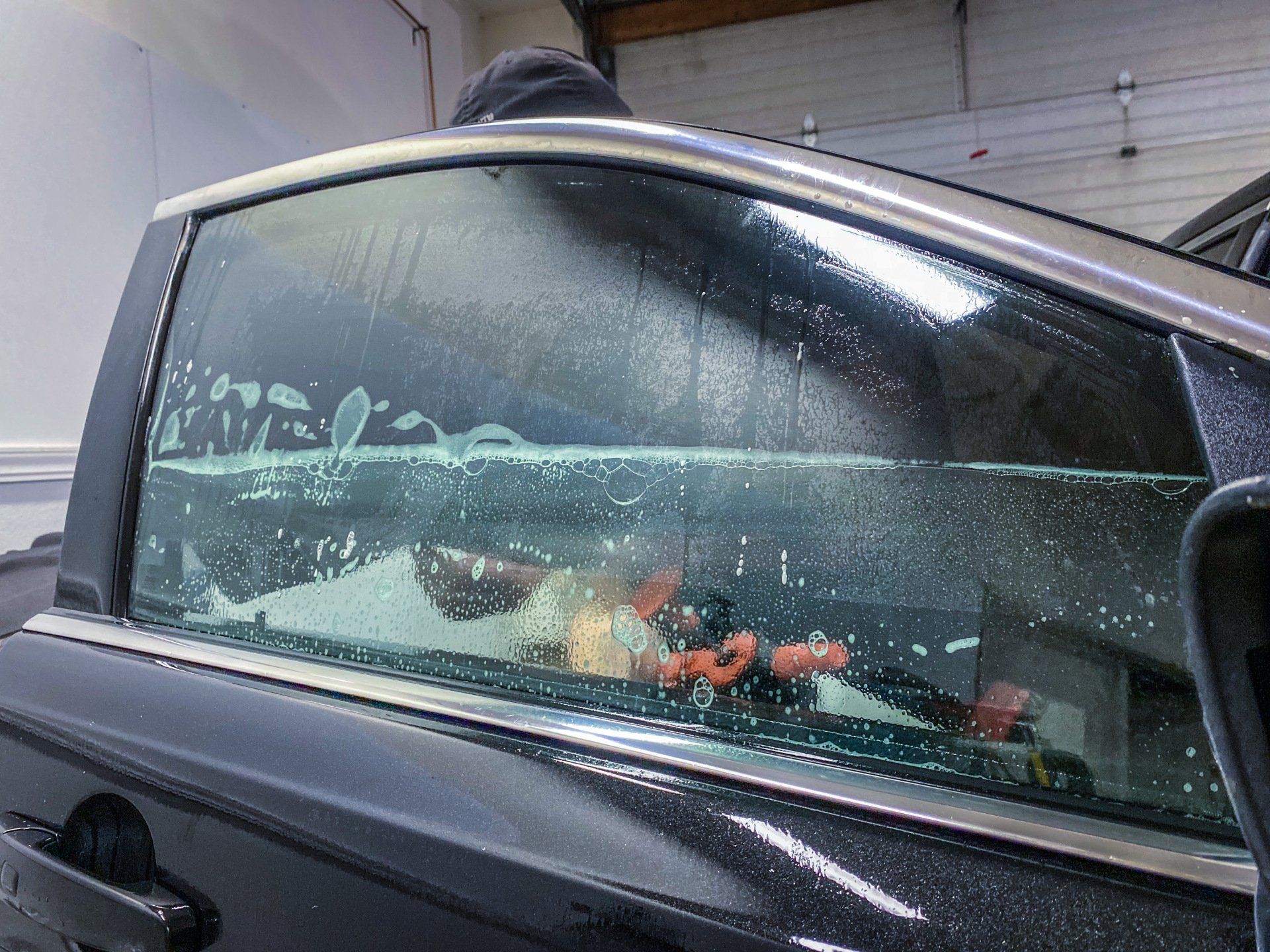
The Impact of Tinting on Visibility and Driver Safety
While car window tinting offers various benefits, such as enhanced privacy and protection from harmful UV rays, it's essential to consider the potential impact on visibility and driver safety. Tinted windows can affect both the driver's ability to see clearly and other road users' ability to see the driver.
The level of darkness plays a significant role in visibility. Excessive darkness can hinder the driver's visual acuity, making it harder to see objects or pedestrians on the road, especially during low-light conditions or at night. This is particularly important when it comes to considering the windshield and front side windows, as these areas play a vital role in providing a clear view of the road ahead and any potential hazards.
Additionally, certain weather conditions, like rain or fog, can exacerbate visibility issues with tinted windows. The reduced light transmission can further obscure the driver's vision, making it even more challenging to navigate safely on the roads. It's crucial for drivers to ensure that their chosen window tint allows for adequate visibility in all driving conditions.
Furthermore, tinted windows can also impact communication between drivers. Eye contact is an essential aspect of non-verbal communication while driving, allowing for better anticipation of intentions and coordination between vehicles. With heavily tinted windows, other drivers may have difficulty establishing eye contact, potentially leading to misunderstandings or unsafe situations on the road.
Overall, while window tinting provides several benefits, it's crucial to strike a balance that ensures both privacy and safety. Adhering to state regulations regarding VLT limits can help ensure sufficient visibility for both the driver and others on the road, promoting safer driving experiences for everyone involved.
Dealing with Local Ordinances on Window Tinting
When it comes to window tinting, it's essential to familiarize yourself with the local ordinances and regulations governing this practice. While window tinting is legal in most places, there are specific restrictions in terms of the level of darkness allowed and where it can be applied to the vehicle. Understanding and complying with these regulations is crucial to avoiding potential fines or legal issues.
Each state, and sometimes even individual cities or counties, may have their own set of rules regarding window tinting. These regulations typically specify the maximum allowable Visible Light Transmission (VLT) percentage, which refers to how much light must be able to pass through the tinted windows. A lower VLT percentage means darker tints that block more light.
For instance, in California, the front side windows must have a minimum VLT of 70%, while the rear side windows and back windows can have a VLT as low as 27%. On the other hand, Texas allows a minimum VLT of 25% for all windows except the front windshield.
Understanding these regulations is like learning the traffic laws in different states - each state has its own unique set of rules that drivers must follow. Similarly, when it comes to window tinting, knowing the specific regulations in your area ensures compliance with the law.
To determine what regulations apply to your location, it's important to research and consult the relevant local ordinances or contact your local Department of Motor Vehicles (DMV). They can provide you with accurate information about regulations specific to your area.
Once you have identified the permissible VLT percentages for your windows, it's crucial to find a reputable window tinting company that adheres to these regulations. An experienced and knowledgeable installer will ensure that your window tints comply with local ordinances, giving you peace of mind.
It's worth noting that some local ordinances may also regulate the type and color of tints that are allowed. For example, reflective or mirrored tints may be prohibited due to safety concerns, as they can cause blinding reflections for other drivers on the road.
In Miami, Florida, certain colors of window tinting films, such as bright red or yellow, are not allowed. This restriction is in place to prevent distractions and potential confusion for law enforcement officers.
While it's crucial to follow local regulations to avoid any legal issues, it's worth considering the benefits of window tinting. Tinted windows can provide privacy, reduce glare from sunlight, protect against harmful UV rays, and even help regulate the temperature inside your vehicle. However, striking the right balance between these benefits and complying with local laws is essential.
Final Words
To summarize, when it comes to window tinting, understanding and complying with local ordinances is crucial. Researching the specific regulations in your area, including VLT percentages and any restrictions on color or type of tint, will ensure you stay within the legal boundaries. By finding a reputable installer who follows these regulations, you can enjoy the benefits of window tinting while avoiding any potential fines or legal troubles.
Contact The Detail Doc for more information!

